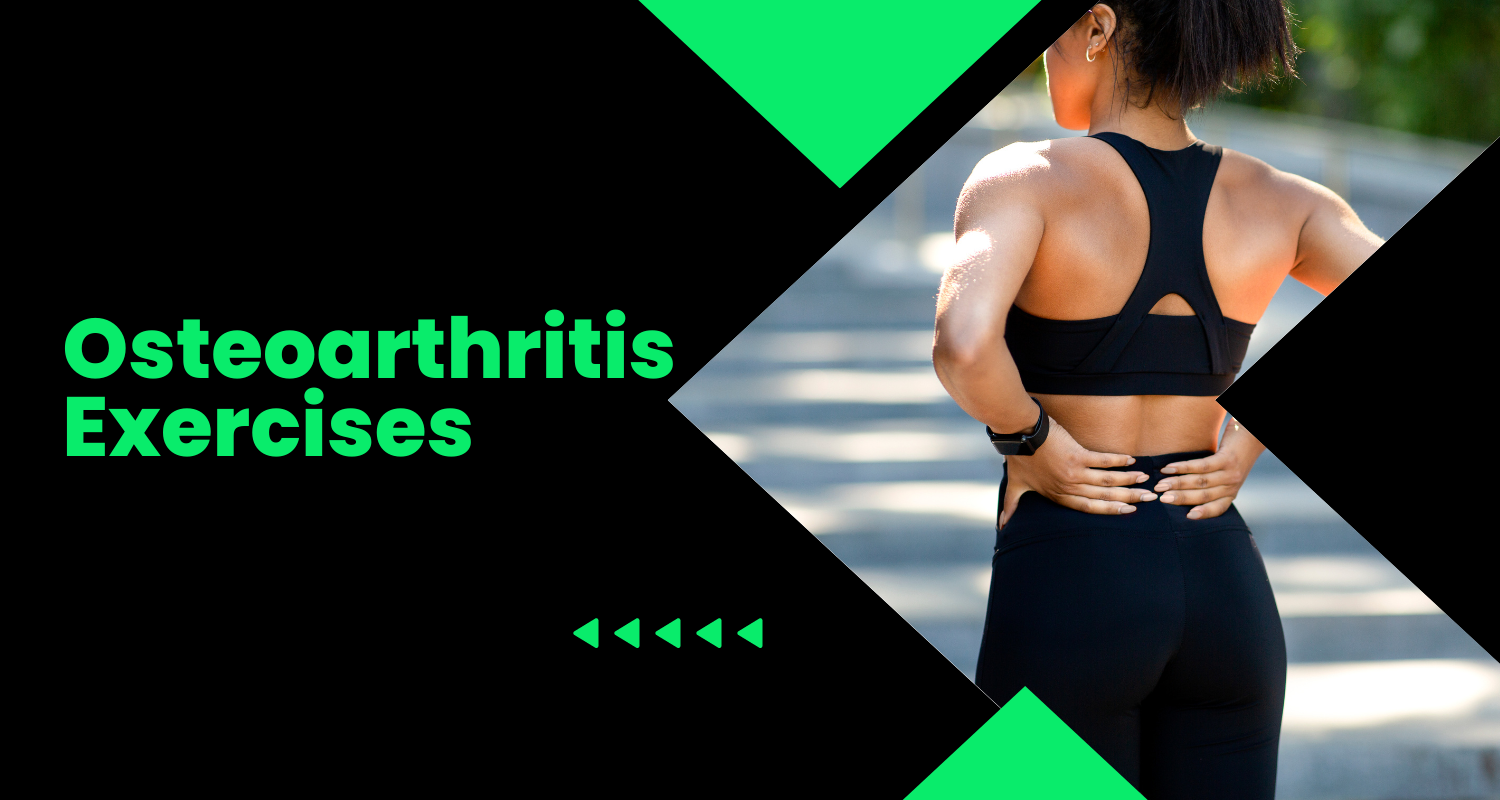Exercises for Osteoarthritis: Managing Pain and Improving Joint Function

Osteoarthritis, the most common form of arthritis, can cause pain, stiffness, and reduced mobility in affected joints, such as the knees, hips, and hands.
While there is no cure for osteoarthritis, regular exercise can play a crucial role in managing symptoms, improving joint function, and enhancing overall quality of life.
In this article, we'll explore a variety of effective exercises for osteoarthritis that can help individuals maintain mobility, reduce pain, and stay active.
Understanding Osteoarthritis
Osteoarthritis is a degenerative joint disease characterized by the breakdown of cartilage, the protective tissue that cushions the ends of bones in the joints.
As cartilage wears away, bones may rub against each other, leading to pain, swelling, and stiffness in the affected joints.
Osteoarthritis commonly affects weight-bearing joints such as the knees, hips, and spine, as well as the hands and fingers.
Benefits of Exercise for Osteoarthritis
Regular exercise is essential for individuals with osteoarthritis for several reasons:
Strengthening Muscles
Strengthening the muscles around affected joints can help support and stabilize them, reducing pain and improving function.
Improving Range of Motion
Gentle exercises can help maintain or improve joint flexibility and range of motion, making it easier to perform daily activities.
Managing Weight
Exercise can help individuals maintain a healthy weight or lose excess weight, which can reduce stress on weight-bearing joints and alleviate pain.
Promoting Joint Health
Physical activity stimulates the production of synovial fluid, which lubricates the joints and helps reduce friction and stiffness.
Effective Exercises for Osteoarthritis
Low-Impact Aerobic Exercise
Activities such as walking, swimming, cycling, and water aerobics are gentle on the joints while providing cardiovascular benefits.
Aim for at least 150 minutes of moderate-intensity aerobic exercise per week.
Strength Training
Strengthening exercises targeting the muscles around affected joints can help improve stability and reduce pain.
Focus on exercises that target major muscle groups, including the legs, hips, and upper body.
Range of Motion Exercises
Gentle stretching and range of motion exercises can help improve flexibility and reduce stiffness in affected joints.
Perform exercises that target specific joints, such as knee flexion and extension or shoulder rotations.
Balance and Stability Exercises
Balance exercises can help prevent falls and improve stability, which is especially important for individuals with osteoarthritis who may be at higher risk of falls.
Practice exercises such as standing on one leg, heel-to-toe walking, or using balance boards or stability balls.
Tai Chi and Yoga
Tai Chi and yoga are low-impact exercises that focus on gentle movements, breathing techniques, and mindfulness.
These practices can help improve balance, flexibility, and overall well-being in individuals with osteoarthritis.
Precautions and Considerations
Always consult with a healthcare professional before starting any exercise program, especially if you have osteoarthritis or other medical conditions.
Start slowly and gradually increase the intensity and duration of your exercises to avoid overexertion.
Listen to your body and modify exercises as needed to accommodate any pain or discomfort.
If you experience increased pain or swelling after exercising, stop and rest, and consult with your doctor if necessary.
Conclusion
Exercise is a vital component of osteoarthritis management, helping to reduce pain, improve joint function, and enhance overall quality of life.
By incorporating a variety of exercises into your routine, including aerobic exercise, strength training, flexibility exercises, and balance activities, you can effectively manage symptoms and stay active with osteoarthritis.
Remember to consult with your healthcare provider before starting any new exercise program and to listen to your body's signals to ensure safe and effective workouts.
